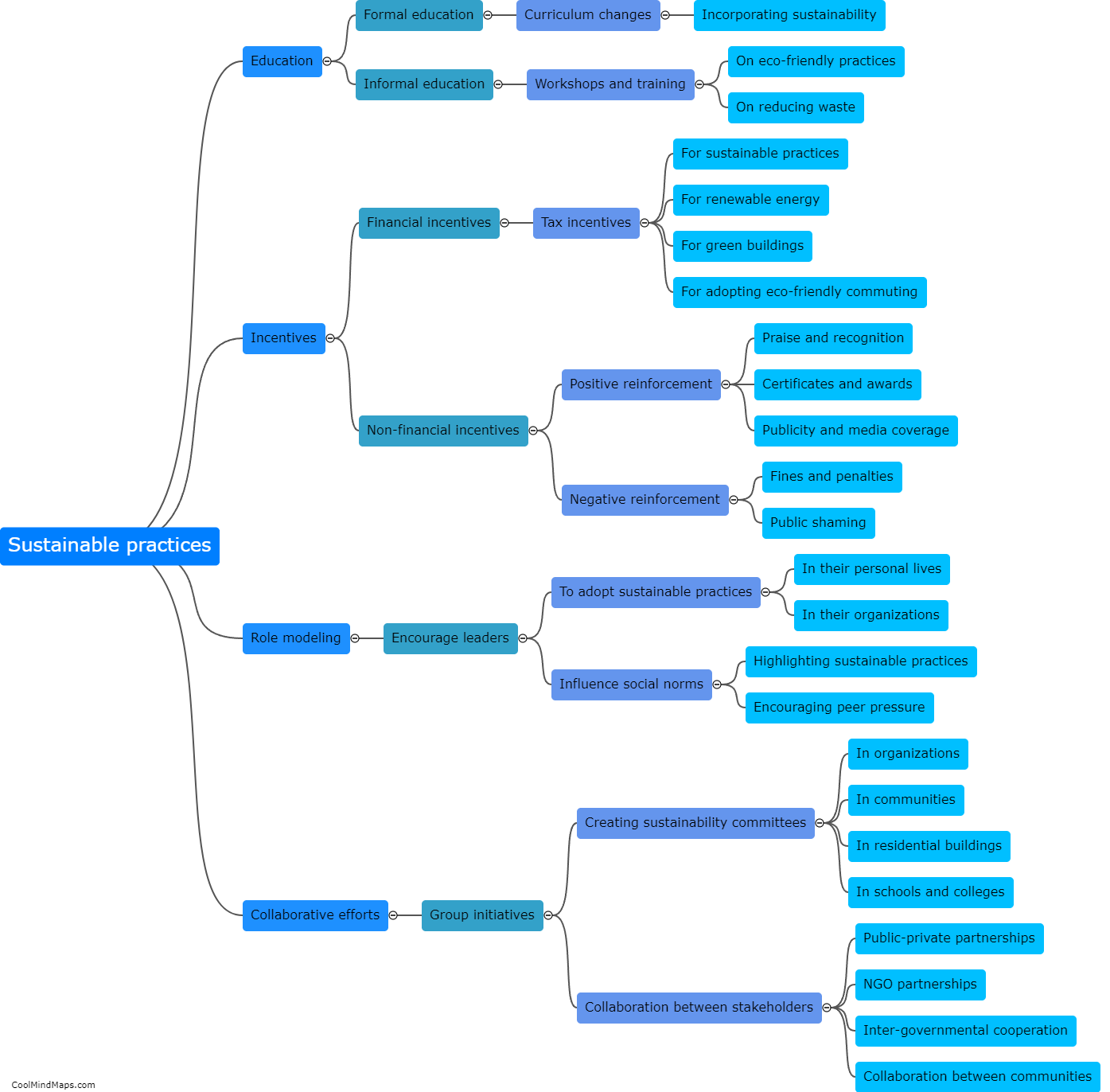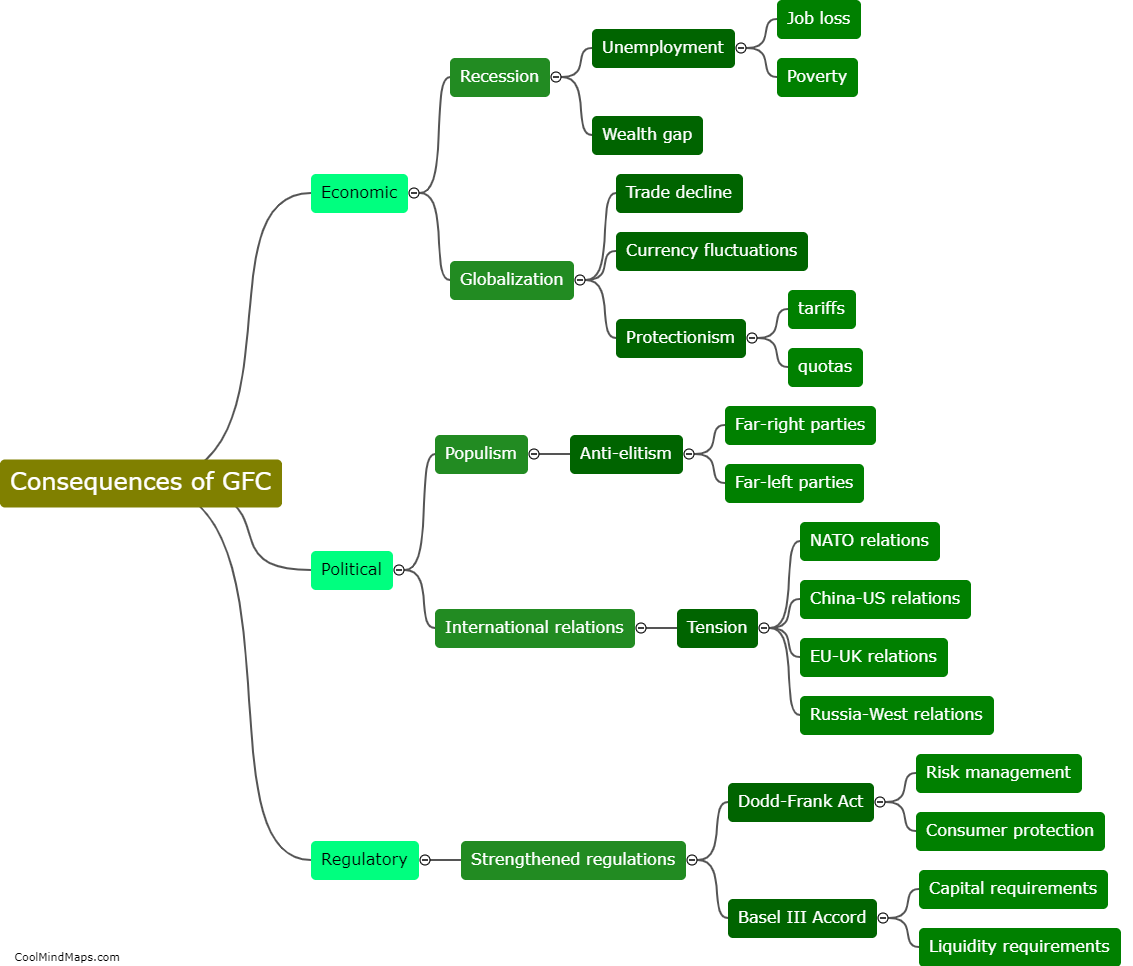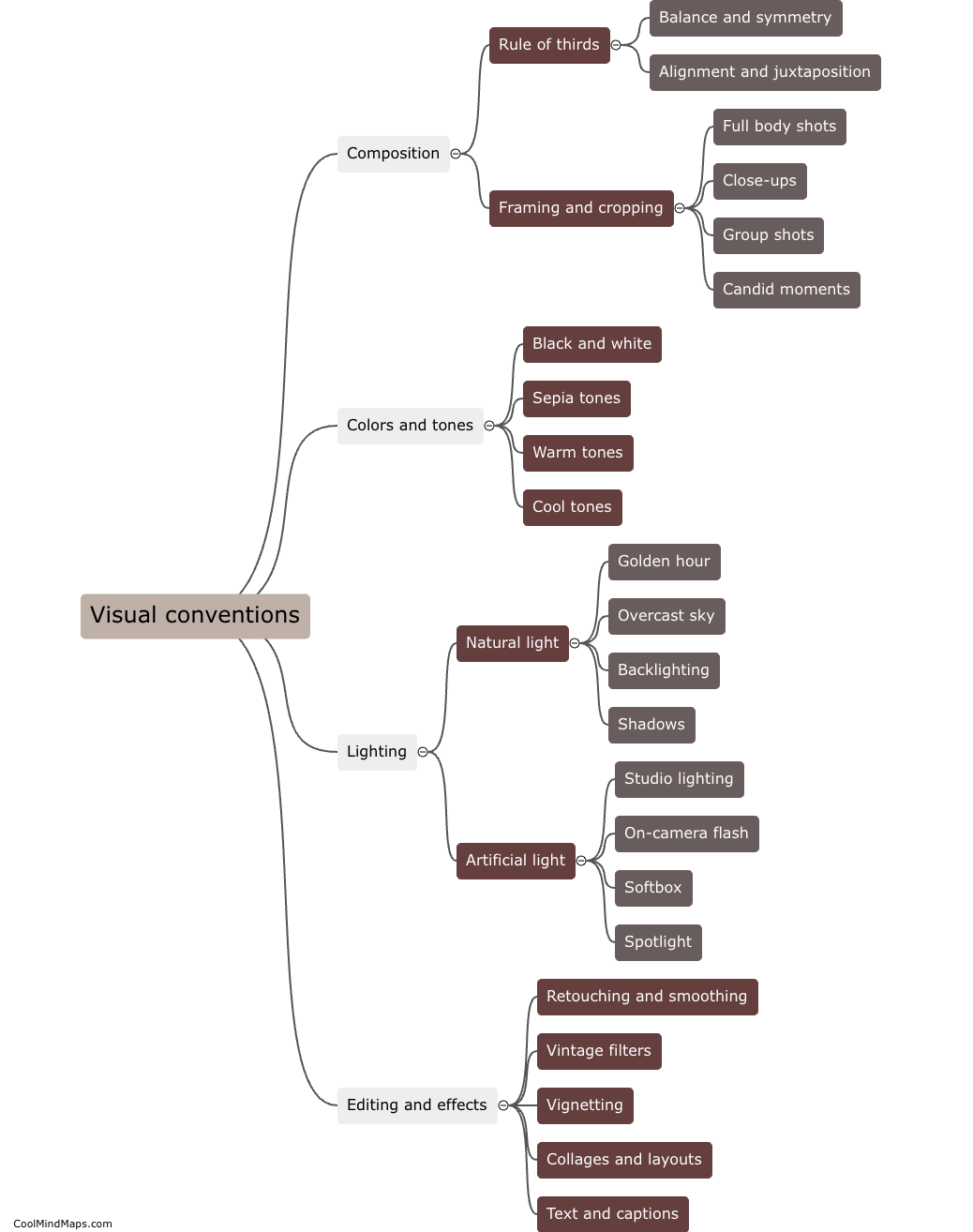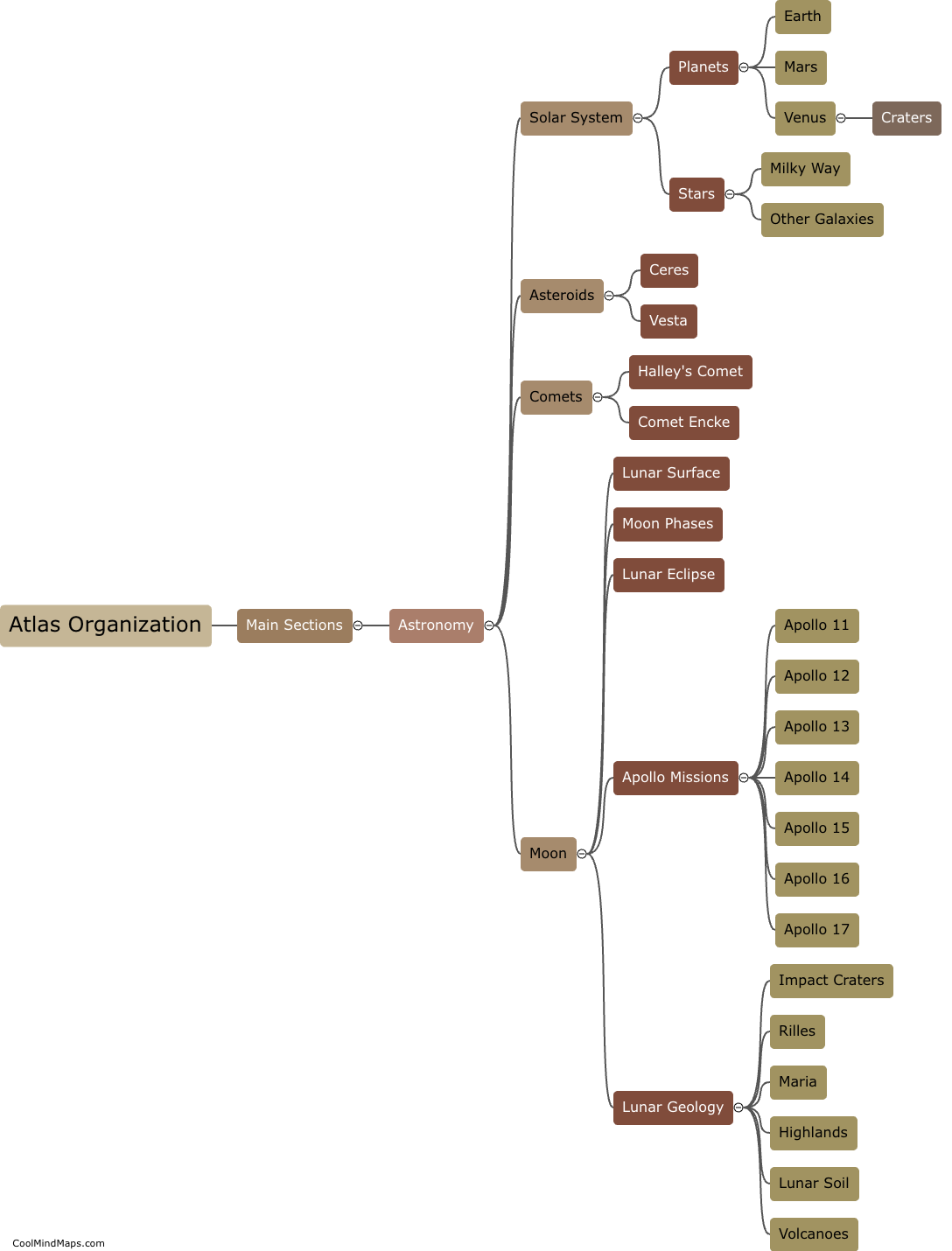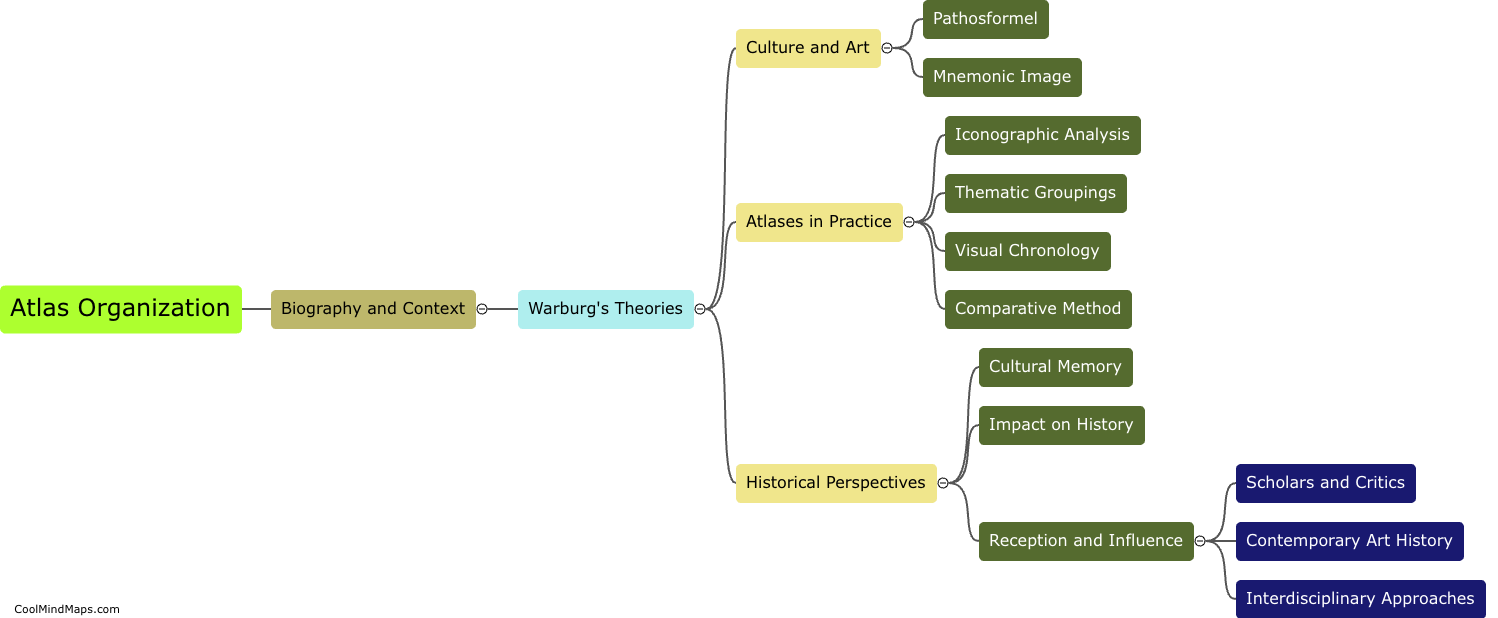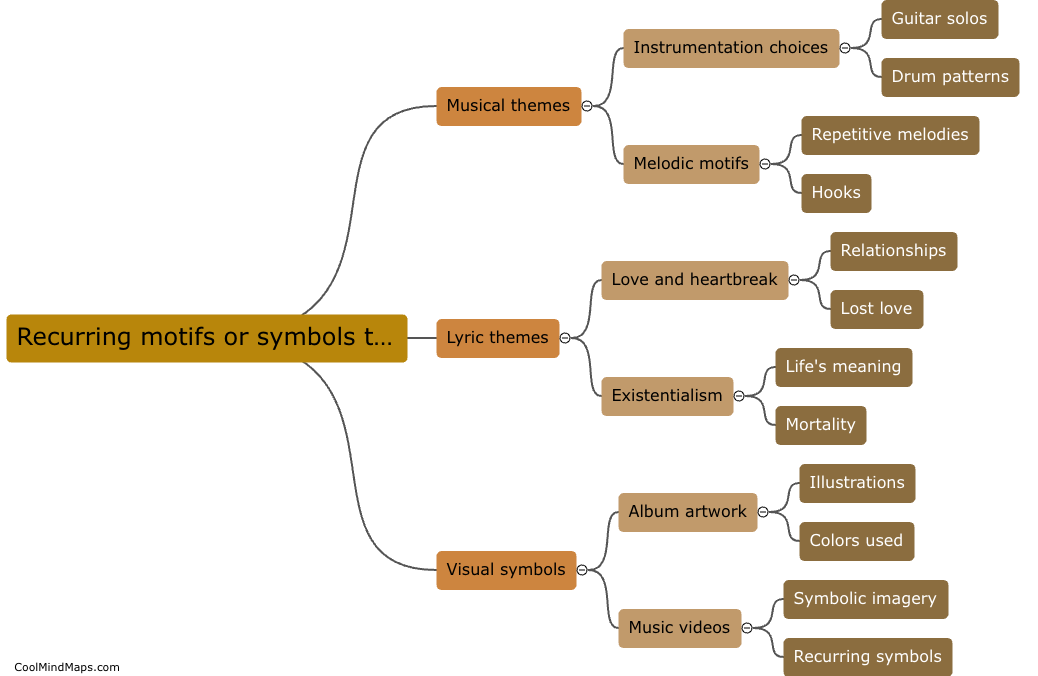What were the underlying principles used to organize Aby Warburg's Atlas?
Aby Warburg's Atlas, a groundbreaking work in the field of art history, was organized on the basis of several underlying principles. Firstly, Warburg employed a non-linear approach, rejecting traditional chronological or geographical categorizations. Instead, he focused on the interconnections between images and ideas throughout history. The Atlas was organized according to Warburg's concept of the "Pathosformel," which referred to recurrent visual motifs that carried symbolic meaning across different cultures and time periods. Additionally, Warburg emphasized the importance of juxtaposition and association, carefully arranging images to reveal unexpected connections and stimulate new interpretations. Ultimately, the underlying principles used to organize Aby Warburg's Atlas aimed to trace the migration and transformation of visual symbols, highlighting the timeless and universal aspects of human expression.
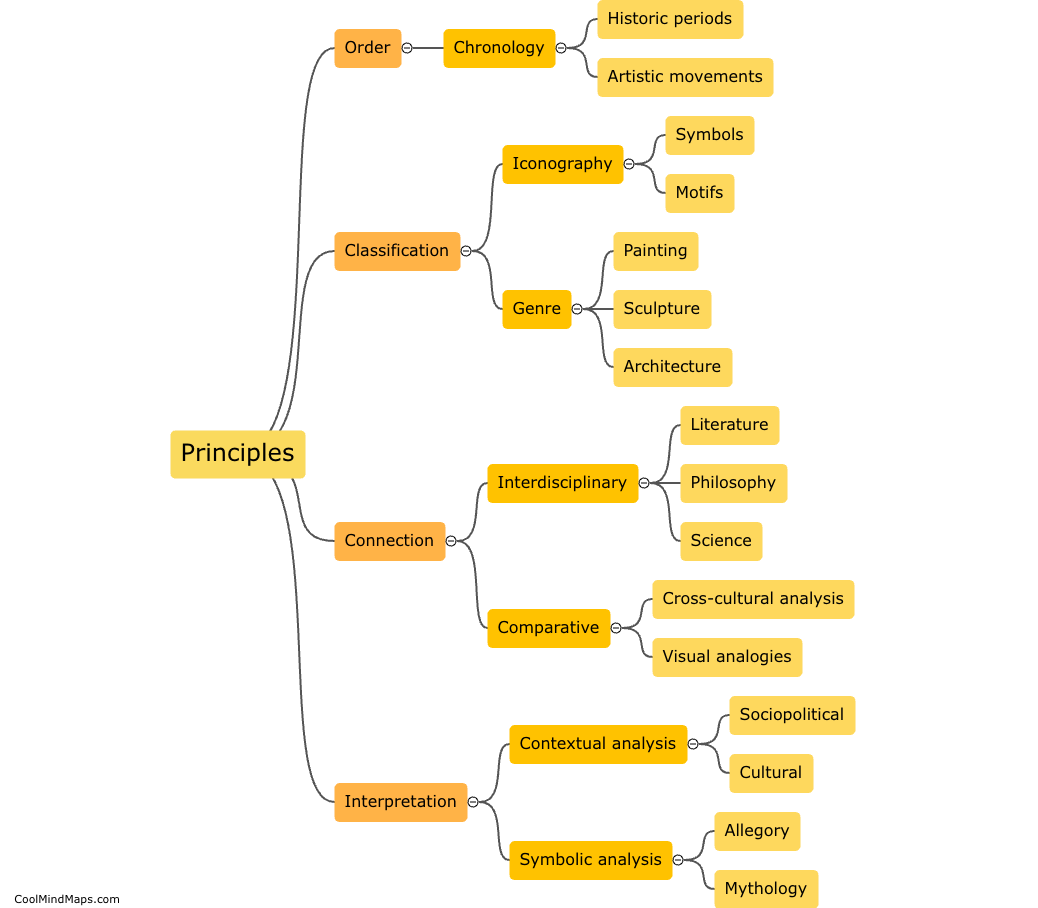
This mind map was published on 3 October 2023 and has been viewed 102 times.
